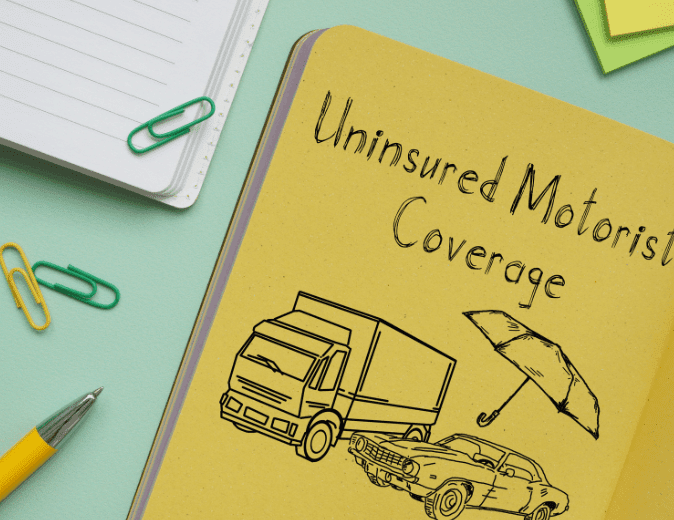Stacked vs. Unstacked UM Coverage in Florida: Which Option is Right for You?
If you’ve ever reviewed your auto insurance options in Florida, you’ve likely come across Uninsured Motorist (UM) Coverage. This type of coverage is especially relevant here, given that Florida ranks among the top states for uninsured drivers. But if that wasn’t complex enough, there’s an additional choice to make: stacked vs. unstacked UM coverage. Let’s unpack what these terms mean and how each option could affect your coverage in Florida.
What Is Uninsured Motorist (UM) Coverage in Florida?
In Florida, UM coverage is crucial because it protects you if you’re hit by a driver who doesn’t carry insurance—or if their coverage isn’t enough to cover your expenses. Imagine getting into an accident, and the other driver (who’s at fault) lacks the insurance to pay for your damages. With UM coverage, you’re not left holding the bag; it can help cover medical bills, lost wages, and even pain and suffering.
In Florida, however, UM coverage isn’t required, though it’s highly recommended for added protection. And when you add UM to your policy, you’ll have the option to “stack” or “unstack” your coverage.
Stacked UM Coverage: Extra Protection for Multiple Vehicles
With stacked UM coverage, you can combine the coverage limits from multiple vehicles on your policy or in your household. This essentially allows you to “stack” the protection limits for each vehicle, creating a higher total coverage limit. In Florida, stacking is allowed and can be particularly valuable for those with more than one vehicle under the same policy.
Here’s how it works: If you have two cars, each with a UM coverage limit of $50,000, stacking would give you a total of $100,000 in protection. Why does this matter? In Florida, medical expenses after an accident can add up quickly. Having that extra coverage could be a game-changer, especially if the other driver is uninsured or underinsured. However, because of the added protection, stacked coverage tends to come with a higher premium.
Unstacked UM Coverage: Simplified and Budget-Friendly
Unstacked UM coverage applies only to the specific vehicle involved in the accident. So, if your UM limit is $50,000, that’s all the coverage you’d have—regardless of how many cars are on the policy. This approach is more straightforward, often resulting in lower premiums than stacked coverage.
Unstacked coverage is a good choice if you’re looking to keep premiums down while still having basic protection. However, it may not stretch as far if you’re involved in a severe accident and only have the single vehicle’s coverage limit to rely on.
Stacked vs. Unstacked in Florida: Consider Your Needs
Choosing between stacked and unstacked UM coverage in Florida depends largely on your individual circumstances and comfort with risk. Here are some key factors to consider:
- Florida’s High Rate of Uninsured Drivers: Florida has one of the highest percentages of uninsured drivers in the country. With stacked UM coverage, you could be better protected if you’re hit by an uninsured driver.
- Risk Tolerance: If you want more comprehensive coverage for worst-case scenarios, stacked UM coverage could give you peace of mind.
- Budget-Friendly Options: If keeping your premium lower is your main priority, unstacked UM coverage might be more suitable, as it offers essential protection without the higher cost.
Florida-Specific Considerations for UM Coverage
In Florida, understanding the nuances of UM coverage can make a significant difference. The state allows both stacked and unstacked options, but stacking only applies to your household or vehicles on the same policy. Also, Florida’s high uninsured driver rate makes UM coverage even more valuable here, as it could be the difference between sufficient and insufficient coverage in the event of an accident.
How TGS Insurance Can Help
At TGS Insurance, we know Florida’s unique insurance landscape and can help you make an informed choice between stacked and unstacked UM coverage. Whether you’re a single-vehicle owner or have multiple cars in your household, our team is here to guide you through the details and help you find the protection that fits your needs.
So, if you’re considering stacked vs. unstacked UM coverage in Florida, don’t hesitate to reach out. With TGS Insurance, you’ll gain more than a policy—you’ll gain a partner who understands Florida auto insurance and prioritizes your peace of mind.

Learn More About Florida Auto Insurance:
Looking for More Information on Your Area?
Coming Soon!


































































